Meeting a whale can be a highly moving experience. These enigmatic species can be found in all of the world's oceans, from Africa to Antarctica. Any country with a coastline can be used to go whale watching, but there are some locations where the likelihood of sightings is extremely high and the whales readily approach the shore. Here are some of the top locations for having a close encounter with a gentle giant.
1. The Azores
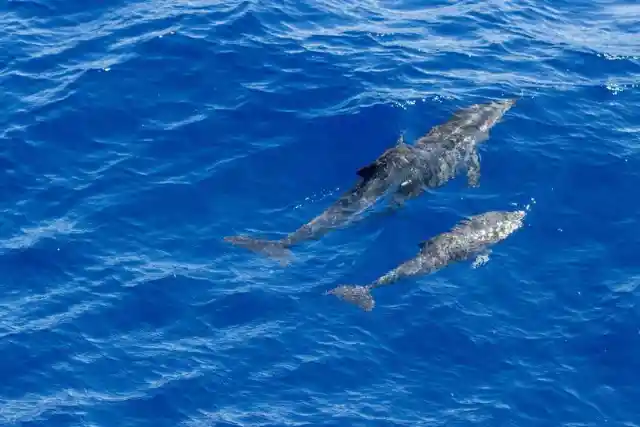
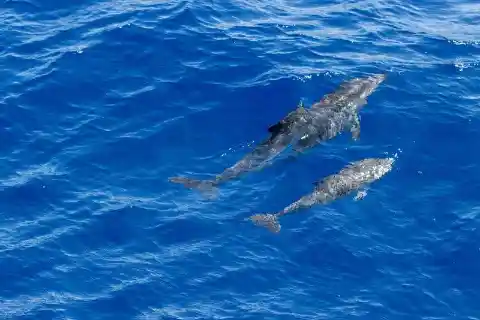
Due to the abundance and diversity of cetaceans (whales and dolphins) that may be seen here, these secluded Portuguese islands are among the most well-liked whale-watching locations in the world. You're most likely to spot resident sperm and pilot whales, as well as many dolphin species, including orca. You have a decent chance of seeing humpbacks, sei, and the two biggest whale species, the fin and blue, in the spring when migrating whales pass by. The best time to go is in April or May for the greatest possibility of seeing a huge blue. The peak season is from April through September.
2. Maui, Hawaii
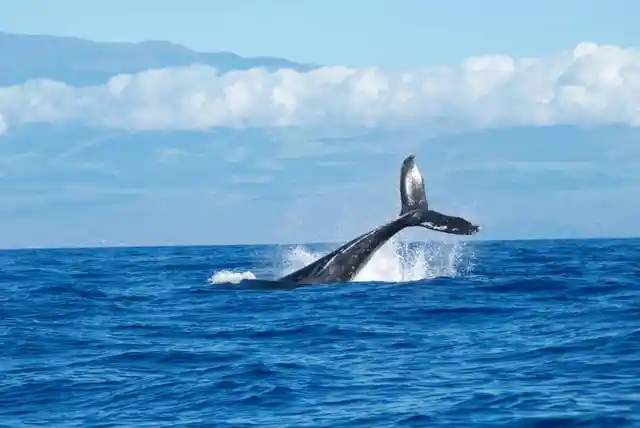
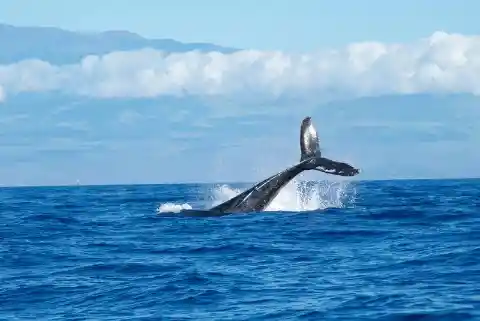
With pleasant temperatures all year long, stunning beaches, thick rainforests, and some of the most picturesque drives in the world, Maui is one of Hawaii's most well-liked vacation spots. However, it is also well-known for its humpback whales. During their yearly winter migration through the Pacific Ocean, these enormous animals, which can grow to be between 40 and 52 feet long, visit the Hawaiian waters and especially the shorelines of Maui between around mid-December and late April. Even though there are many whale-watching tours available, sometimes all you have to do is stare out at the water to witness one breaching offshore.
3. Vancouver Island, Canada
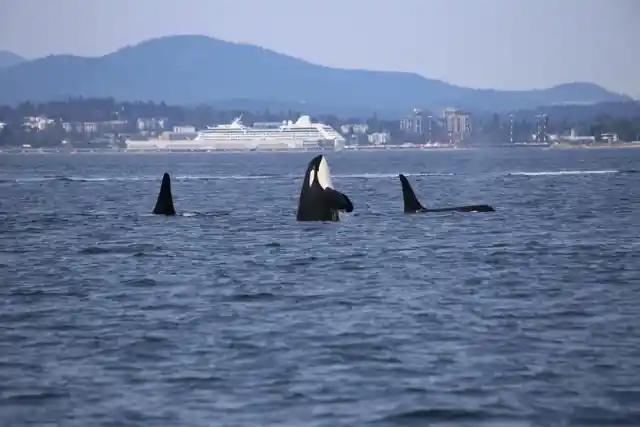
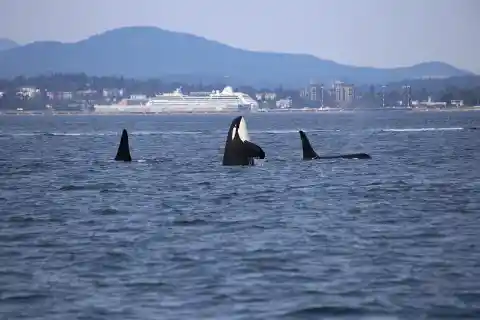
The Johnstone Strait, which connects northern Vancouver Island to mainland Canada, is one of the best spots in the world to watch orcas. There are numerous opportunities to observe the 250 orcas who live in the vicinity. Nothing compares to watching these majestic animals only a few yards from a kayak. You'll spend the day paddling with them in their natural environment and enjoying fresh salmon that your guide has caught before retiring to a comfortable seaside tent at night.
4. Hervey Bay, Australia
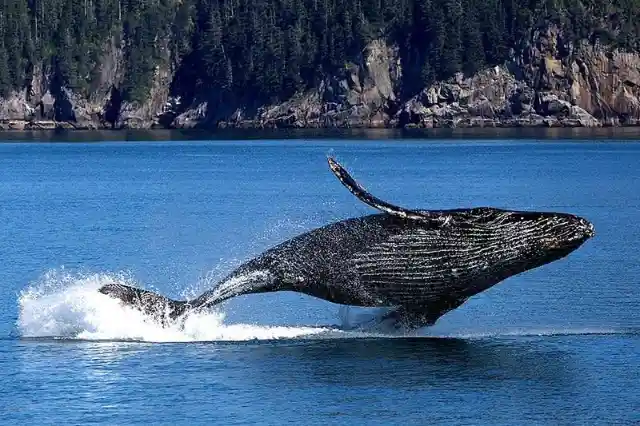
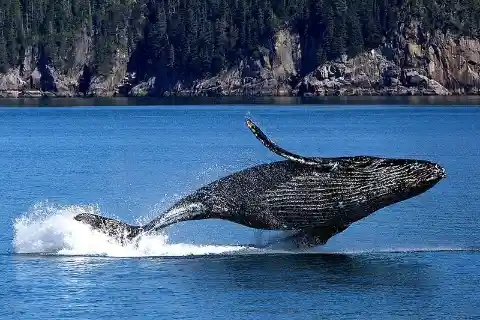
Hervey Bay in Queensland, Australia—known as the humpbacks' home—offers numerous chances to see the curious and active whales as they spend the summer in the waters between Fraser Island and the main land. Humpback whales are well recognized for their spectacular airborne leaps and splashy splashbacks. Whale-watching cruises on a catamaran are a popular activity in Hervey Bay. The boats frequently have hydrophones that magnify the whales' vocalizations, underwater windows, and dedicated viewing platforms.
5. Hermanus, Africa
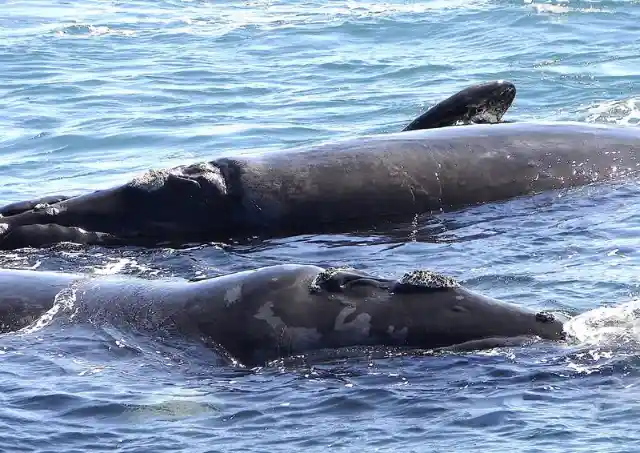
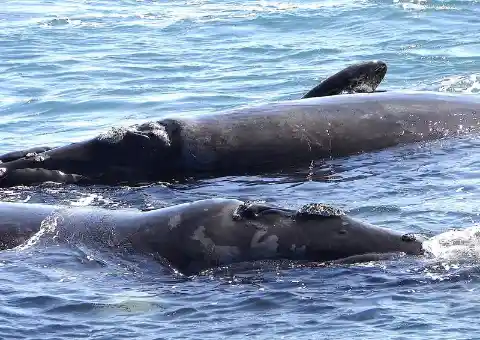
Hermanus, which is near Cape Town on Africa's southern coast, is well-known across the world for its whale-watching from the shore. Southern right whales flock to the area each year to breed and mate because of the protected, shallow waters. At birth, calves can grow up to 6 meters (20 feet) in length, and adults can go as tall as 17 meters (55 feet). Visitors have many opportunity to observe these friendly animals as they raise their flukes in the sea breezes along a six-mile cliffside path that has benches and built-in telescopes. Even in the town, there is a "whale crier" who notifies tourists when whales are observed. There are also boat cruises in Hermanus where you may go whale watching.
6. San Juan Island, Washington
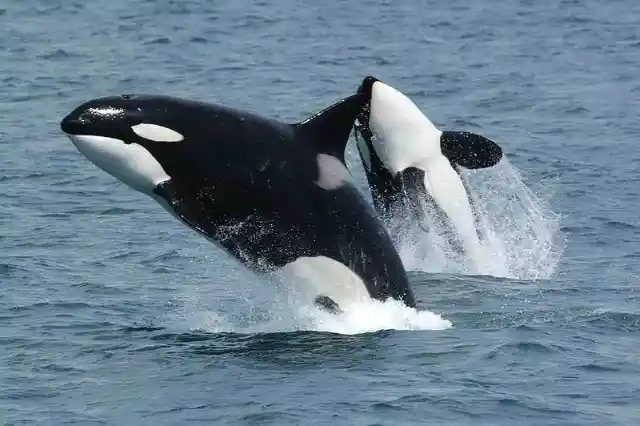
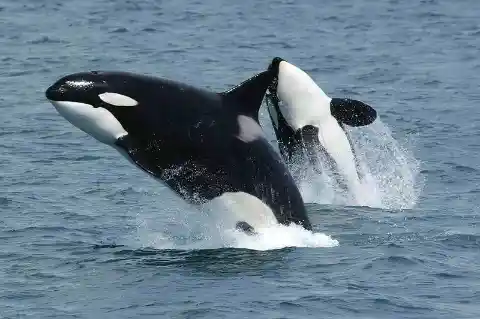
Orcas can also be found close off the western coast of the United States in Washington State, thanks to a plentiful supply of Chinook salmon. The Southern Resident Killer Whales, which are comprised of pods J, K, and L, are commonly sighted off the west coast of San Juan Island from late May to early October. If you don't want to go out on the lake in a boat or a kayak, Lime Kiln Point State Park is one of the best spots in the world to watch them from the shore, as they come in very close to land.
7. Kaikoura, New Zealand
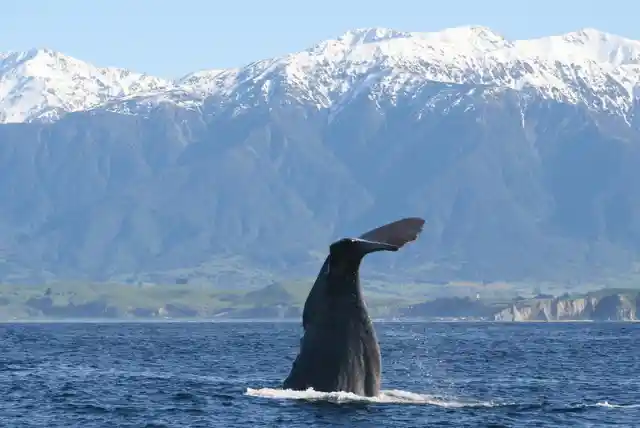
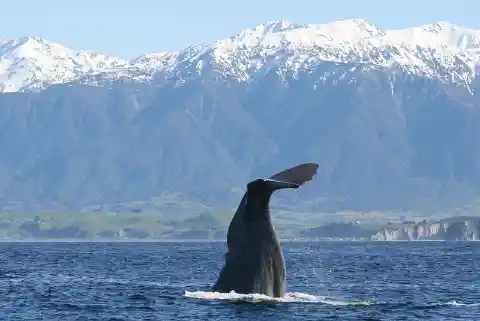
Because sperm whales live here year-round, Kaikoura on New Zealand's South Island is referred to as the whale-watching capital of the country. A little literary tidbit for you: Moby Dick was based on Mocha Dick, a real-life sperm whale who lived in the Southern Pacific during the 19th century. But if you go in June and July, you can also see the more acrobatic humpback whales as they make their way to Tonga and Australia for the winter, as well as the rare blue and Southern right whale.
8. Sri Lanka
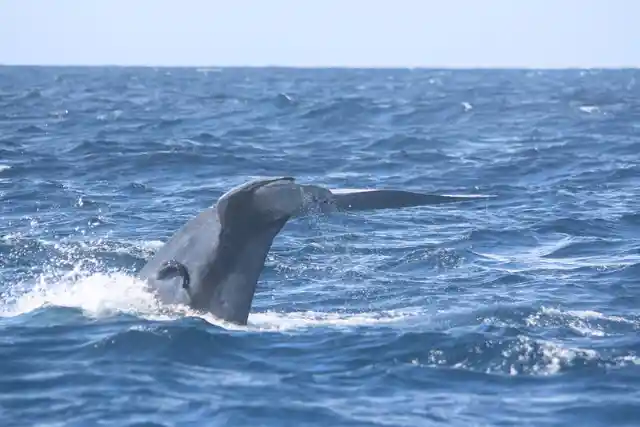
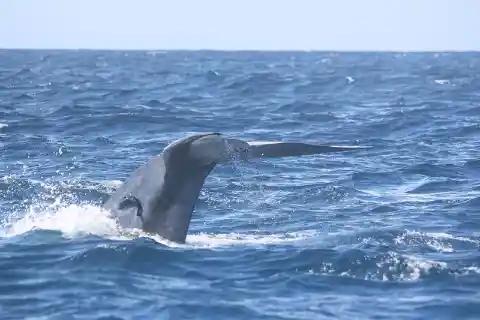
Undoubtedly, one of the best areas in the world to find blue whales is Sri Lanka. The largest animals on earth frequently approach the island because it is adjacent to a notch in the continental shelf between January and April. It's unquestionably among the top locations for whale watching. Blue and sperm whales travel annually from the Bay of Bengal to the Arabian Sea via the coast of Sri Lanka. The migration, which was first charted by British marine biologist Charles Anderson back in 1999, is now regarded as one of the largest cetacean migration routes in the world.
9. Antarctic Peninsula
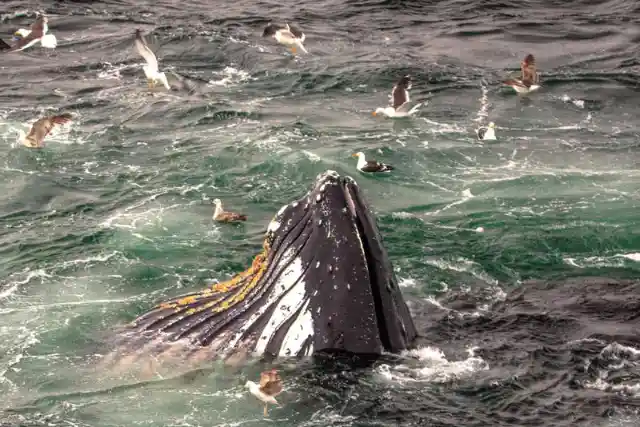
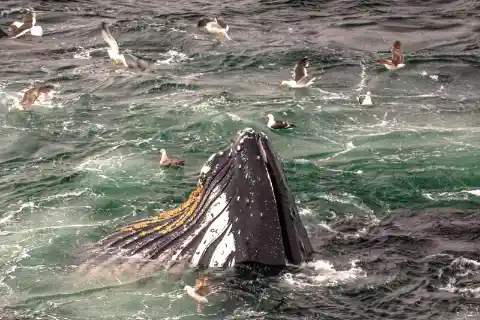
The Antarctic Peninsula has the most diverse and productive Antarctic marine ecology, with huge ice-free areas in the southern summer providing nesting sites for a high number of seabirds and seals. During the summer in the southern hemisphere, minke whales, orcas, southern right whales, and humpback whales all congregate here in substantial numbers. It is certainly unforgettable to see them among the ice with some of the world's most breathtaking scenery serving as a backdrop. The best travel months of the year are February and March.
10. Reykjavik, Iceland
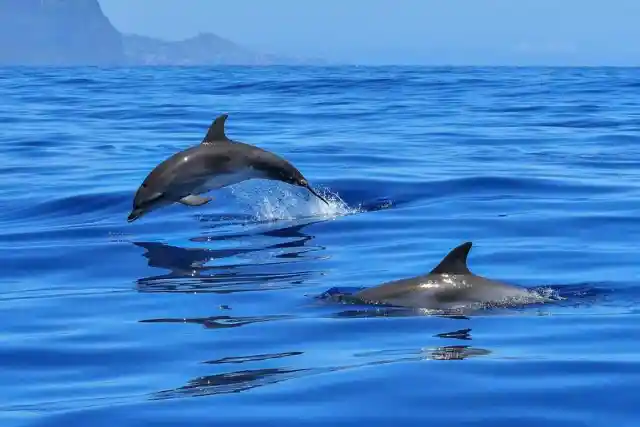

It's hardly surprising that Iceland is quickly turning into a top choice among lovers of whales and dolphins given the chance to see humpback, minke, and blue whales as well as white-beaked dolphins and porpoises. Husavik, Dalvik, and Hauganes, as well as the capital city of Iceland, Reykjavik, all offer whale-watching boat cruises. There are excursions aboard Icelandic oak boats, some of which are schooners that leave Reykjavik and head for Faxafloi Bay. The whales are known to approach the boats pretty closely, so visitors may anticipate some remarkable interactions.